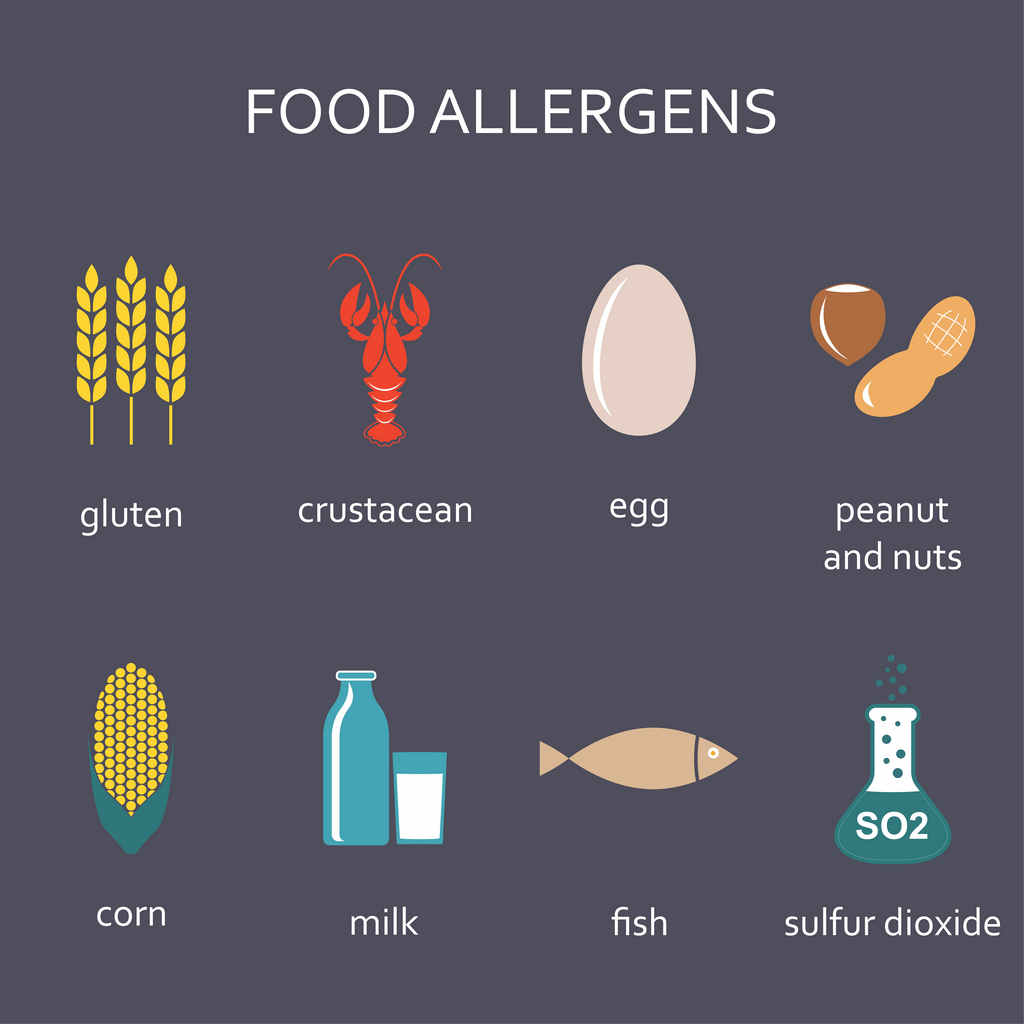While more than 160 foods can cause allergic reactions in people with food allergies, the law identifies the eight most common allergenic foods. These foods account for 90 percent of food allergic reactions, and are the food sources from which many other ingredients are derived.
The eight food allergens, and any ingredient that contains protein derived from one or more of them, are designated as “major food allergens” by U.S. Food Allergen Labeling and Consumer Protection Act (FALCPA).
 Media Credit: Shutterstock
Media Credit: Shutterstock The eight foods identified by the law are:
- Milk
- Eggs
- Fish (e.g., bass, flounder, cod)
- Crustacean shellfish (e.g., crab, lobster, shrimp)
- Tree nuts (e.g., almonds, walnuts, pecans)
- Peanuts
- Wheat
- Soybeans
- Learn the best practices for serving a food allergic customer including: the role of management, how to properly prepare an allergen safe meal, and the front of the house and back of the house responsibilities.
- Reg Price: $15.00
- Enter Code "train10off" at Checkout
How do you know if a food contains a major allergen?
All food products containing two or more ingredients are required by Federal regulations to bear an ingredients statement listing all ingredients by common or usual name in descending order of predominance.
The FALCPA applies only to consumer packaged foods regulated by the Food and Drug Administration (FDA). FDA regulates all foods except meat, poultry, and egg products, which are regulated by the Food Safety and Inspection Service (FSIS).
How Major Food Allergens Are Listed
The law requires that food labels identify the food source names of all major food allergens used to make the food. This requirement is met if the common or usual name of an ingredient (e.g., buttermilk) that is a major food allergen already identifies that allergen’s food source name (i.e., milk). Otherwise, the allergen’s food source name must be declared at least once on the food label in one of two ways.
The name of the food source of a major food allergen must appear:
- In parentheses following the name of the ingredient.
Examples: “lecithin (soy),” “flour (wheat),” and “whey (milk)”— OR — - Immediately after or next to the list of ingredients in a “contains” statement.
Example: “Contains Wheat, Milk, and Soy.”